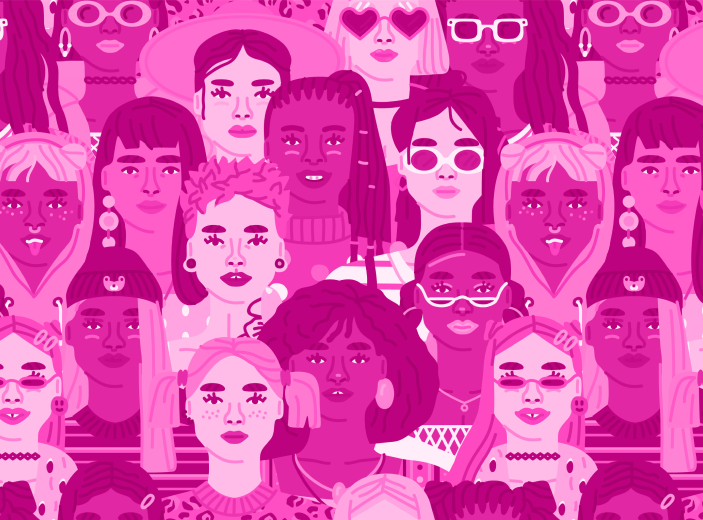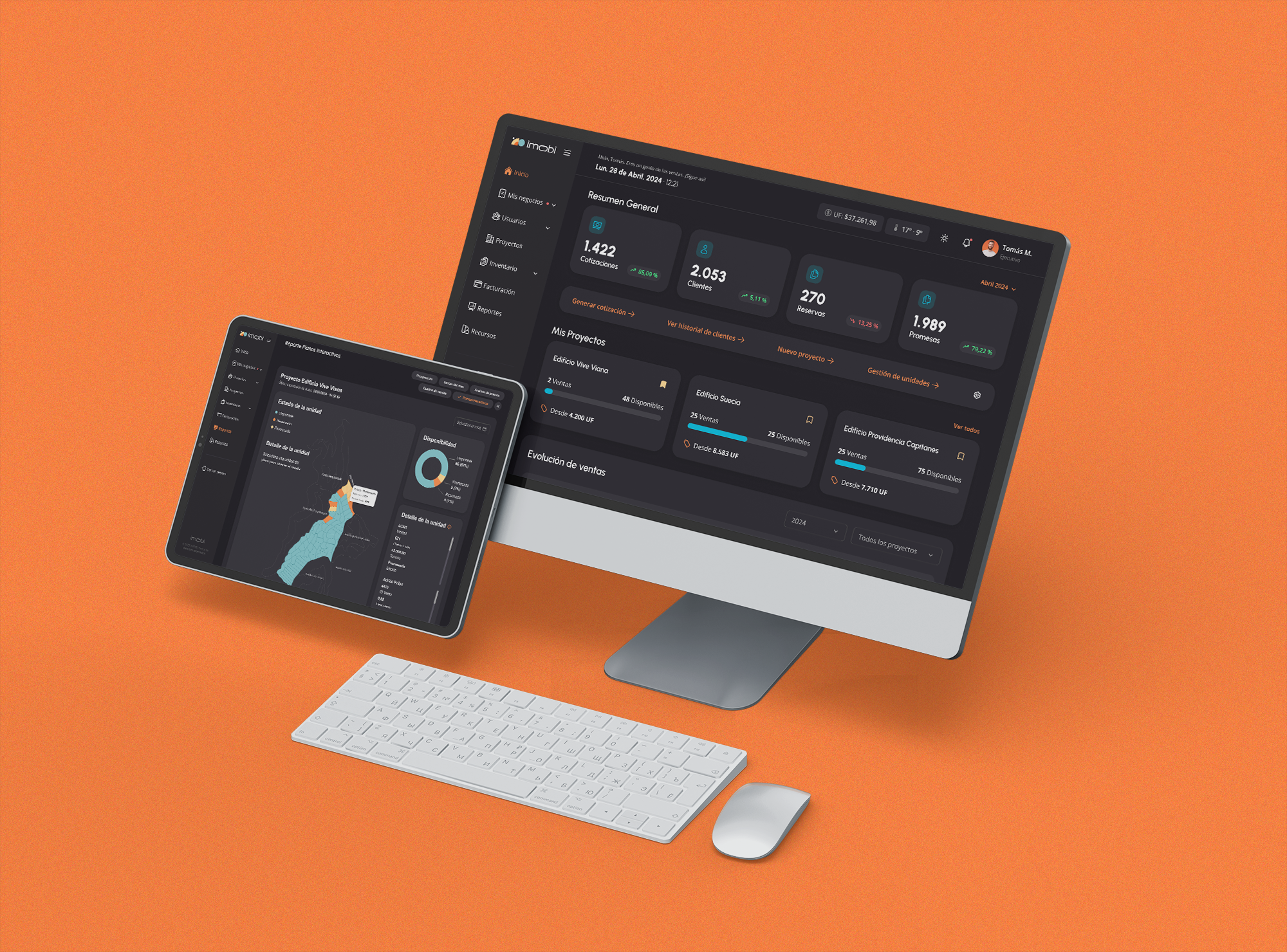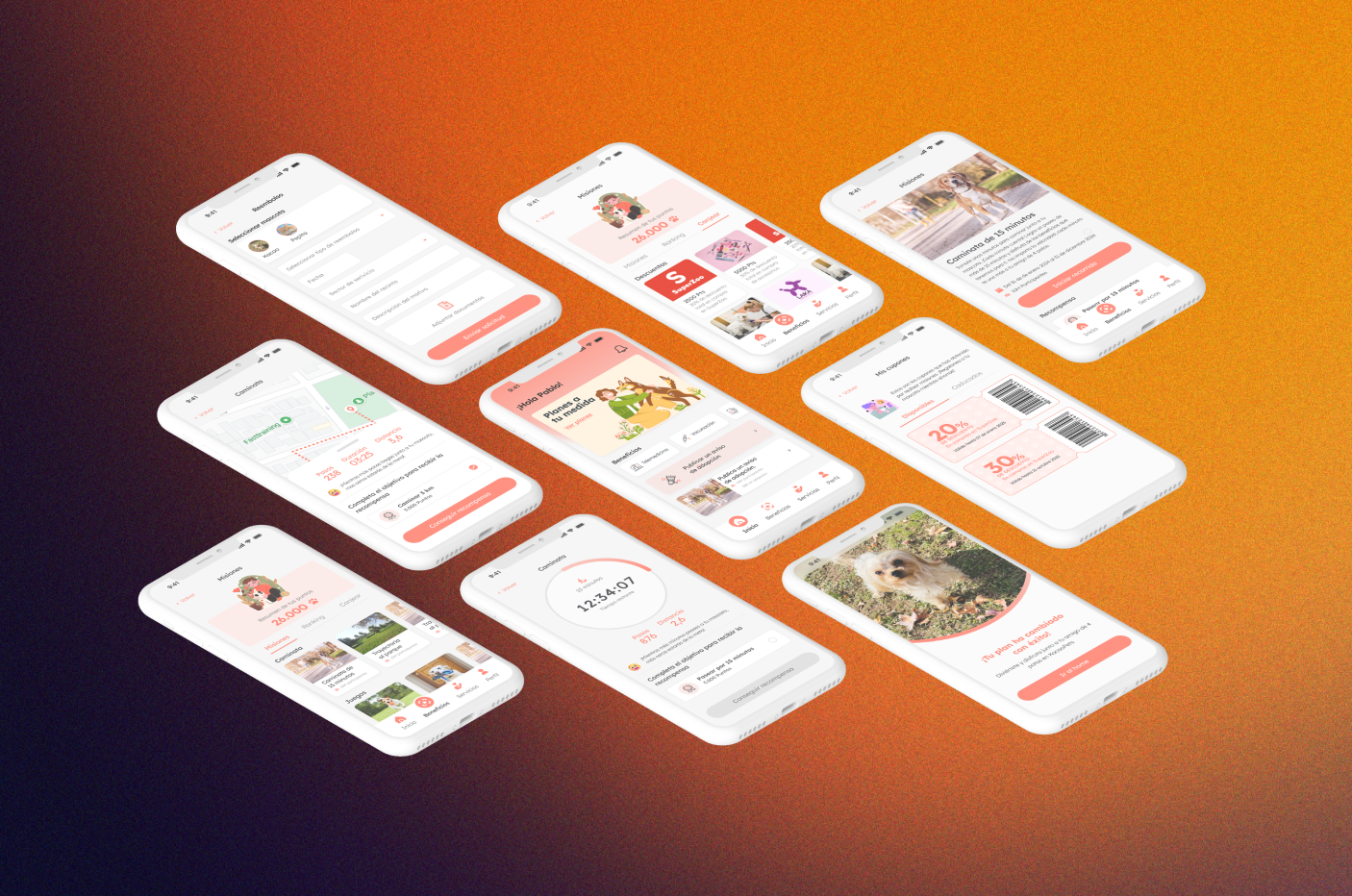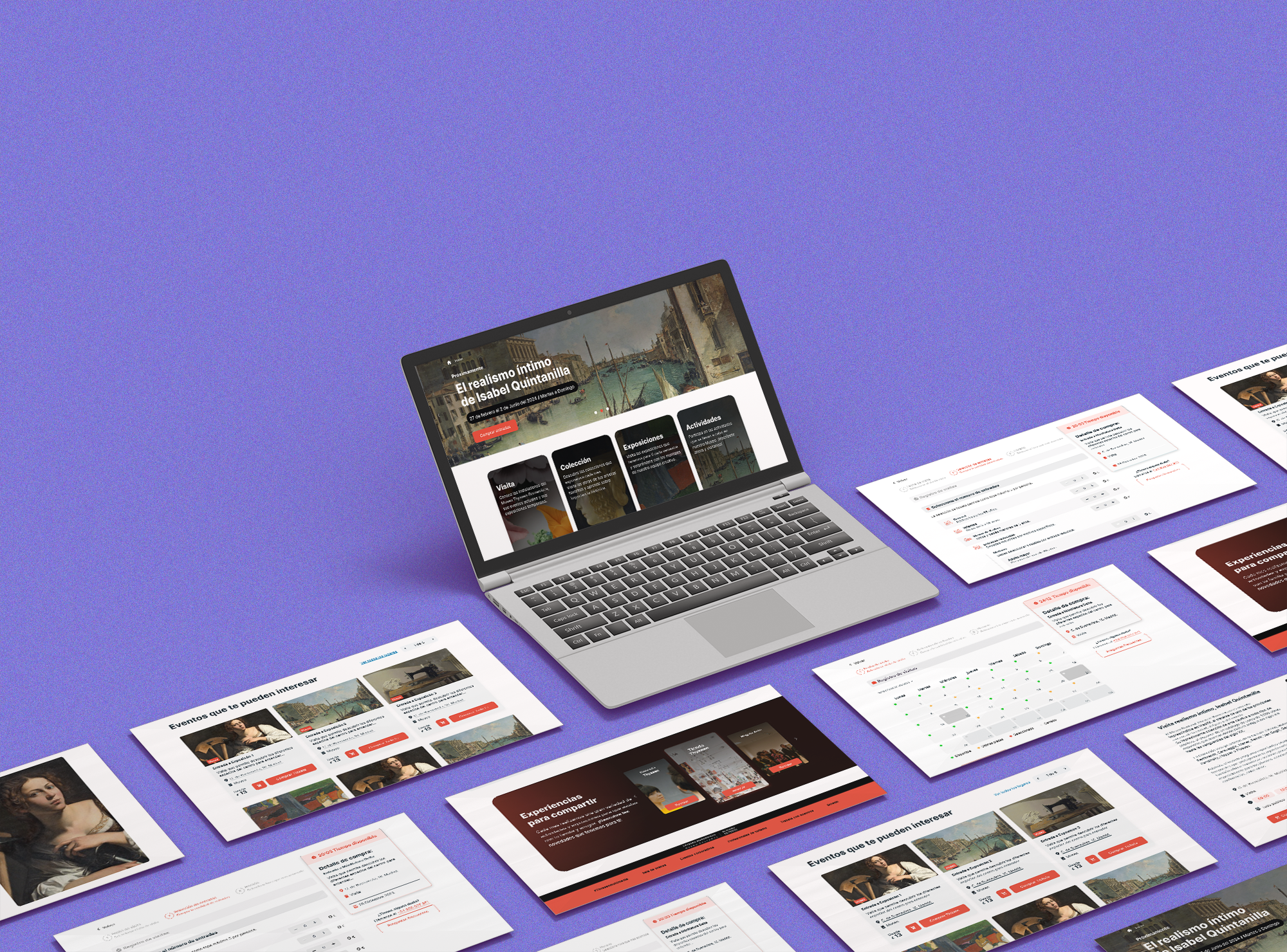Share this article
On March 8th, International Women’s Day, we commemorate the efforts made by our predecessors throughout history. Thanks to their determination and the sacrifices they made, we now have a more visible place in society.
The theme for International Women’s Day in 2024 is “Investing in Women, Accelerating Progress.” This implicitly encourages the creation of policies where gender equality is a reality, and highlights how the advantages of having women will help the world continue to prosper.
There is still much to be done, but gradually we are making our way and gaining more presence in the workforce.
Let’s take a look at some data from the study conducted by the World Economic Forum, titled “Global Gender Gap Report 2023.”
Keep reading to gain a clear perspective on our current position, based on the data collected in this study conducted at the end of 2023.
“Overview of the study”
According to the Global Gender Gap Report 2023, created by the World Economic Forum, the overall gender gap score in 2023 across the 146 countries included in this edition stands at 68.4% closed.
This data suggests that, at the current rate of progress we’ve seen in recent years, it will take 131 years to achieve full parity.
According to the study, up to that date, no country had achieved complete equality, but New Zealand, Sweden, Lithuania, Iceland, Norway, Finland, Germany, Nicaragua, and Namibia have closed at least 80% of their gap. Iceland leads the ranking with a percentage of (91.2%).

Women make up around 30% of professionals working in Artificial Intelligence (AI).
“Gender gap by sector”
According to the study conducted in these 146 countries in 2023. the gender gap has closed in the following sectors:
- Health and survival sector: 96% closed.
- Educational attainment: 95.2% closed.
- Economic participation and opportunities: 60.1% closed.
- Political empowerment: 22.1% closed.
Based on the current rate of progress observed from 2006 to 2023, the time needed to close the gender gaps in each sector is estimated as follows:
- Political empowerment: 162 years to close the gender gap.
- Economic participation and opportunities: 169 years.
- 16 years to close the gender gap in educational attainment.
At the time of the study’s completion, the time needed to close the gender gap in the health and survival sector was not determined.
“Latin America and the Caribbean”
With incremental progress towards gender parity since 2017, Latin America and the Caribbean have closed 74.3% of their overall gender gap, marking a 1.7 percentage point increase in overall gender parity from last year. . After Europe and North America, the region holds the third-highest level of parity. Nicaragua, Costa Rica, and Jamaica record the highest parity scores in this region, while Belize, Paraguay, and Guatemala have the lowest. At the current rate of progress, Latin America and the Caribbean will take 53 years to achieve full gender parity.
Workforce representation across all industries:
Gender gaps in future labor markets: Science, Technology, Engineering, and Mathematics (STEM) occupations constitute a significant set of jobs that are well-paid and expected to grow in importance and scope in the future.
Women in technology currently
According to a study conducted by LinkedIn among its members, 29.2% of all employees in STEM fields (Science, Technology, Engineering, and Mathematics) are women.
In high-level leadership roles, such as vice presidents and C-suite positions, female representation reaches 17.8% and 12.4%, respectively.
Women make up around 30% of professionals working in Artificial Intelligence (AI).
Data: Global Gender Gap Report 2023 by the World Economic Forum)
Although these figures are still low, let’s continue moving forward and make our mark by building a more inclusive and innovative world!
A light at the end of the tunnel…
There’s momentum behind this change, let’s look at the actions that are driving this increase.
Growing demand and access to remote work
The high demand for professionals in technology careers is creating opportunities for women; while remote work has removed many barriers and allowed females to work from anywhere, facilitating the balance between work and family life.
Diversity in technology roles
From project management to software development, women are occupying some key roles in technology fields. Inclusion in areas such as cybersecurity, analytics and data, and technological infrastructure is slowly growing, allowing for somewhat more equitable participation in decision-making and innovation.
From consumers to creators
Historically, women have been seen as consumers of technology, but now they are playing an even more active role in the creation and development of technological solutions.
This shift not only drives diversity of ideas and perspectives but also helps meet the needs of a broader and more diverse market.
“Let’s keep moving forward and leave our mark, building a more inclusive and innovative world!
Today we recognize all hardworking women, who strive every day to give their best, especially our #Movers.
Reference:
https://www.weforum.org/publications/global-gender-gap-report-2023/digest/














